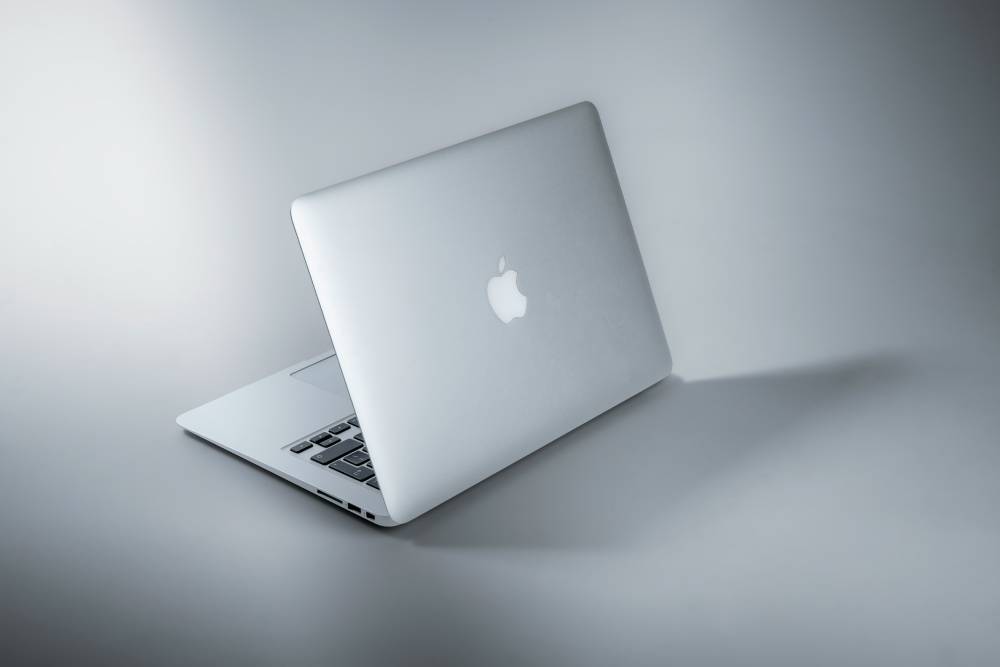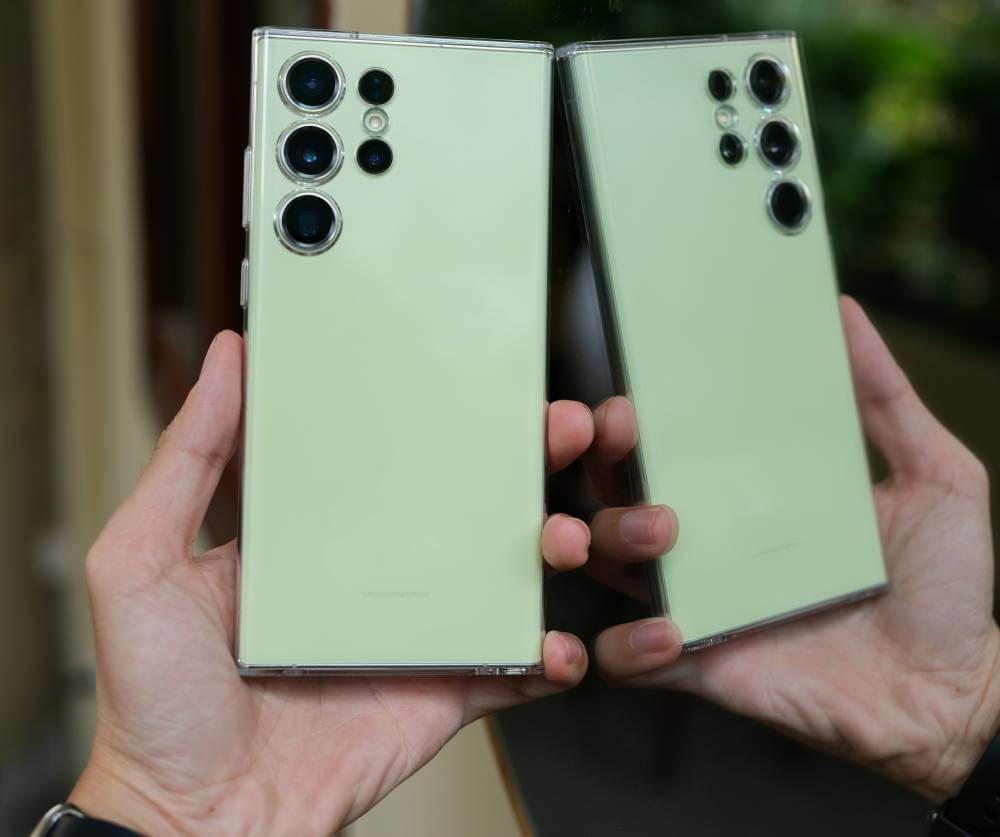If you’re considering a new MacBook, you might wonder which model best fits your needs. The choice comes down to the MacBook Pro and the new MacBook Air, but which should you choose? Apple has been actively refreshing its MacBook lineup, introducing a variety of configurations over the past few years. With the continuous release of new processors, there are more factors than ever to consider when selecting an Apple laptop.
When shopping for a MacBook, key aspects to remember include display size, storage capacity, computing power, and price. For instance, the 2022 and 2024 13-inch MacBook Air models feature different chips, resulting in performance, efficiency, and battery life variations.
The latest MacBook Pro and MacBook Air models now include Apple’s M3 chips, which offer enhanced efficiency and capabilities compared to the M2 chips. Think of yourself as Goldilocks, faced with multiple MacBook options; the goal is to find the one that feels just right for you. Before deciding, let’s explore the main differences between the Pro and the Air to help guide your choice.
What’s the Performance Difference Between the MacBook Pro and Air?
Believe it or not, there are significant differences between the MacBook Pro and the MacBook Air. The most notable distinctions lie in pricing and computing power. The entry-level M3 MacBook Pro comes with a higher price tag than the most affordable M3 Air, but this investment pays off with enhanced performance and capabilities, thanks to upgraded internals.
The M3 MacBook Pro models boast more unified memory, extended battery life, and additional ports, including HDMI and an SD card slot—features the Air models lack. This added versatility makes the Pro a better option for creative professionals and power users who rely on multiple peripherals. Moreover, the MacBook Pro is available in two display sizes, 14-inch and 16-inch, catering to different preferences for screen real estate.
The M3 MacBook Pro excels in efficiency and performance with improved internal components. The M3 family features three variations: M3, M3 Pro, and M3 Max, each designed to meet different computing needs. The advanced media engines in the M3 models facilitate smoother video playback, making them particularly suitable for content creators and those who frequently edit multimedia. While the M3 chips maintain the same number of CPU and GPU cores and neural engines as their M2 counterparts, they deliver a notable boost in speed. Additionally, the single-core performance of the M3 chip shows significant improvements, making it highly efficient for tasks that rely on single-thread processing.
Apple says the M3 chips are approximately 15% faster than the M2 chips. This means that if you’ve recently upgraded to an M2 MacBook Pro, you still have a competitive machine, though the advancements in the M3 models are undoubtedly appealing. The MacBook Pro models also feature a four-speaker sound system that produces wide stereo sound and supports Spatial Audio with Dolby Atmos, enhancing the audio experience for music and video playback.
For those interested in a new 13-inch MacBook Pro, it’s important to note that Apple has discontinued this model following the release of the latest 14-inch MacBook Pro. Consequently, the 13-inch variant is no longer available on Apple’s website, leaving prospective buyers only to choose from the 14-inch- and 16-inch models. Additionally, the previous generation of 14-inch and 16-inch MacBook Pro models equipped with M2 Pro and M2 Max chips has also been phased out.
If the base M3 chip doesn’t meet your performance needs, upgrade the current 14-inch Pro with the more powerful M3 Pro or M3 Max chips. However, for those looking to invest in the more prominent 16-inch Pro, the options are limited to the M3 Max or M3 Pro chips, which will considerably increase the overall cost. This added power is ideal for demanding tasks, such as 3D rendering or high-resolution video editing, but potential buyers should be prepared for the financial commitment that comes with it.

The upgraded chipsets in the MacBook Pro models deliver significantly more power than the base M2 chips found in the 2022 13-inch MacBook Air. This enhanced performance makes the 14-inch and 16-inch Pro models particularly suited for demanding tasks, such as editing professional-grade video footage (up to 8K), rendering intricate 3D art, producing music, and processing high-resolution images in Adobe Photoshop. These capabilities make the Pro models favorites among creative professionals and power users who require top-tier performance for their projects.
However, the price increases accordingly as one seeks greater power with the 14-inch and 16-inch MacBook Pro. The 14-inch Pro starts at $1,599, and when various chip and internal storage upgrades are added, the cost can rise to as much as $3,199. The larger 16-inch Pro begins at $2,499,
On the other hand, the 2022 13-inch MacBook Air features only the base M2 chip, while the 2024 models—both 13-inch and 15-inch—are equipped with the base M3 chip. This lack of Pro and Max chip options does not diminish the Air’s capability; it remains an excellent choice for everyday users, students, and professionals who need a reliable laptop for standard tasks. The MacBook Air’s thinner and lighter design is a significant advantage for those prioritizing portability, making it easy to carry on commutes or trips. The omission of ports like HDMI and an SD card slot, along with the absence of a cooling fan, allows for a sleek design. At the same time, Apple’s efficient chip technology manages heat dissipation effectively.
This streamlined hardware footprint also contributes to the MacBook Air’s lower price point, although users can still opt for various upgrades to enhance their experience. For the 13-inch Air, buyers can choose between two configurations of the M2 chip; one variant features two additional GPU cores, which can lead to noticeably improved graphics processing. This upgrade is particularly beneficial for tasks like 4K video editing or graphic-intensive applications, making the Air a versatile option for many users.

Last summer, Apple released a 15-inch MacBook Air equipped with the M2 chip, but this model has since been discontinued in favor of the new M3 15-inch Air. Although the 15-inch M2 Air had a short lifespan, it remains an excellent option for users seeking an Air with up-to-date capabilities. Buyers interested in this model can find it refurbished through Apple or at discounted prices from retailers like Best Buy, offering a more budget-friendly alternative without sacrificing performance.
The M3 13-inch Air starts at $1,099, offering impressive value for those looking for a modern laptop experience. With the potential for upgrades, users can elevate the specifications to $1,499 by increasing internal storage and opting for a more powerful GPU. Meanwhile, the M3 15-inch Air starts at $1,299 and can be configured up to $1,699, allowing users to tailor their machine to better fit their needs with increased unified memory and storage. These options make the MacBook Air a compelling choice for anyone seeking a balance of portability and performance, all while maintaining a more accessible price point compared to the Pro models.
Which MacBook Is Right for You?
Choosing the right MacBook largely depends on how you plan to use it and considerations like display size and weight. A reliable computer is an investment, and it’s crucial to ensure you don’t overspend on a model that exceeds your needs, nor should you opt for a device that lacks the necessary power for your tasks. For students or users who primarily work in Google Docs or Word, the MacBook Air is a suitable choice due to its adequate performance and portability.
MacBook for Professionals
For professionals such as graphic designers, music producers, photographers, videographers, 3D artists, or developers of iOS games and apps, the MacBook Pro is the optimal choice. The Pro models are engineered to handle demanding tasks, providing robust graphics processing capabilities and the ability to run multiple software applications simultaneously without significant lag or overheating. When comparing performance, the MacBook Pro often outperforms the Mac Mini, especially in tasks requiring high-end graphics and extensive multitasking. Features like the enhanced display, which offers higher brightness and better color accuracy, make it easier to work with intricate designs and detailed video edits. The Pro’s advanced cooling systems also help maintain performance during extended usage, ensuring that heavy workloads don’t lead to thermal throttling.
MacBook for Students or Work with Better Webcam
On the other hand, if you are a student or someone whose primary activities involve using productivity software like Microsoft Office or Google Workspace, the MacBook Air may be the better option. Its lightweight design makes it easy to carry around, making it perfect for busy students who need a portable solution for classes and study sessions. The new MacBook Air is particularly suitable for students due to its balance of performance and portability. The Air’s impressive battery life also means users can get through a full day of classes and assignments without recharge. However, for those juggling multiple applications or browser tabs, opting for an M3 Air can offer the extra power needed to keep everything running smoothly, ensuring a seamless experience even during demanding tasks.
MacBook for Common Users
For casual users who primarily surf the internet, watch videos on platforms like YouTube or Netflix, respond to emails, and make FaceTime calls, the MacBook Air is an excellent fit. Its open design and intuitive interface make it user-friendly, even for those who may not be as tech-savvy. If these activities are the main reasons for using a laptop, the M2 Air would more than suffice, providing an outstanding balance of performance and affordability. The lightweight construction also makes it ideal for travel, allowing users to enjoy their favorite content without feeling weighed down. Additionally, the four-speaker sound system in the MacBook Air produces wide stereo sound and supports Spatial Audio when playing music or video with Dolby Atmos, enhancing the audio experience.
Regardless of the model you choose, one of the standout advantages of owning a MacBook is its ability to integrate seamlessly within the Apple ecosystem. This connectivity enhances the user experience by allowing for features like Handoff, which lets users effortlessly switch FaceTime calls between their MacBook and iPhone. Accessing files, messages, contacts, and photos from your iPhone on your MacBook is a breeze, streamlining your digital life. The continuity features, like Universal Clipboard, allow you to copy content on one device and paste it on another, further simplifying tasks.
Furthermore, Apple’s focus on security ensures that your personal information is protected across devices. Features such as Touch ID and the secure enclave within the Apple ecosystem offer an extra layer of protection for sensitive data. This is particularly beneficial for users who handle confidential information, making MacBooks an excellent choice for personal and professional use.

In conclusion, understanding your specific needs and how you plan to use your MacBook will guide you to the right choice, ensuring that your investment has served you well for years. Whether you opt for the high-powered capabilities of the Pro or the lightweight convenience of the Air, you’ll be joining a user-friendly ecosystem that promotes productivity and connectivity. Ultimately, selecting the right MacBook is about aligning the device’s features with your lifestyle, ensuring that it enhances your workflow and complements your daily activities.






